1998
Type of resources
Topics
Keywords
Contact for the resource
Provided by
Years
Formats
Representation types
Update frequencies
Scale
-
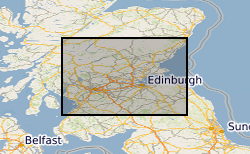
Contains digitised mine plan contours, spot heights and worked ground outlines on key coal seams from the Midland Valley in ASCII or ArcView format. Incomplete, only some seams and some areas digitised. All contours digitised on key seams, worked ground outlines simplified, spot heights digitised where no contours exist.
-
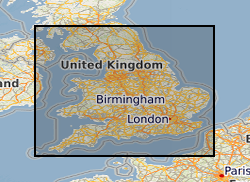
The joint PHE-BGS digital radon potential dataset provides the current definitive map of radon Affected Areas in England and Wales. It will also allow an estimate to be made of the probability that an individual property in England and Wales is at or above the Action Level for radon. This information also provides an answer to one of the standard legal enquiries on house purchase in England and Wales, known as CON29 standard Enquiry of Local Authority; 3.13 Radon Gas: Location of the Property in a Radon Affected Area. The radon potential dataset will also provide information on the level of protection required for new buildings under as described in the latest Building Research Establishment guidance on radon protective measures for new buildings (BR 211 2007). This radon potential hazard information for England and Wales is based on Public Health England (PHE) indoor radon measurements and BGS digital geology information. This product was derived from DigMap50 V3.14 and PHE in-house radon measurement data. The indoor radon data is used with the agreement of the PHE. Confidentiality of measurement locations is maintained through data management practices. Access to the data is restricted. This dataset has been superseded by PHE-BGS Joint Radon Potential Dataset For Great Britain. Radon is a natural radioactive gas, which enters buildings from the ground. Exposure to high concentrations increases the risk of lung cancer. The Health Protection Agency recommends that radon levels should be reduced in homes where the annual average is at or above 200 becquerels per cubic metre (200 Bq m-3). This is termed the Action Level. The Health Protection Agency defines radon Affected Areas as those with 1% chance or more of a house having a radon concentration at or above the Action Level of 200 Bq m-3. The dataset was originally developed by BGS with the Health Protection Agency (HPA) which is now part of Public Health England.
-
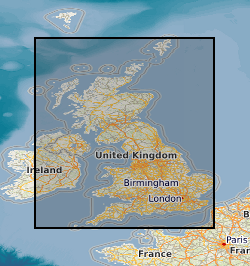
Collection of reports, interpretations and records of research in British coalfield areas deposited by British Coal. Data for past and current collieries and for future prospects. Some 1000 linear feet (300m) of data. Information within the reports date from the 19th Century up to the present day.
-
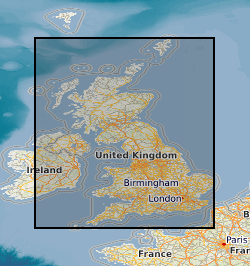
Index, set up in 1998, to the archive collection of reports, notebooks interpretations, plans and other geological or related data received from external organisations that are not part of other collections. These cover a wide variety of different types and ages of information mainly from Great Britain but some related to BGS projects overseas.
-
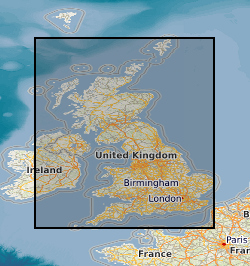
Coal resource maps for the whole of the UK have been produced by the British Geological Survey as a result of joint work with Department of Trade and Industry and the Coal Authority. The Coal Resources Map is a Map of Britain depicting the spatial extent of the principal coal resources. The map shows the areas where coal and lignite are present at the surface and also where coal is buried at depth beneath younger rocks. The maps are intended to be used for resource development, energy policy, strategic planning, land-use planning, the indication of hazard in mined areas, environment assessment and as a teaching aid. In addition to a general map of coal resources for Britain data also exists for the six inset maps: Scotland; North-East; North-West; East Pennines; Lancashire, North Wales and the West Midlands; South Wales, Forest of Dean and Bristol. Available as a paper map, flat or folded, from BGS Sales or as a pdf on a CD if requested.
-
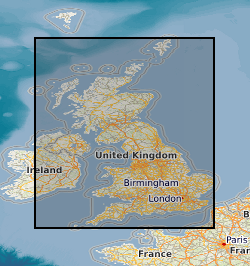
Several coal resource maps for the whole of the UK have been produced by the British Geological Survey as a result of joint work with Department of Trade and Industry and the Coal Authority. The UK Coal Resource for new exploitation technologies map is a map of Britain depicting the spatial extent of the principal coal resources overlayed with existing workings and potential new technologies for accessing the resource. The map also shows the areas where coal and lignite are present at the surface and also where coal is buried at depth beneath younger rocks. The project covers all onshore coalfields in the UK, including Northern Ireland. It includes coal under estuaries and near-shore areas that can practically be reached by land-based directional drilling. No data more than 5 km offshore were considered. The maps are intended to be used for resource development, energy policy, strategic planning, land-use planning, the indication of hazard in mined areas, environment assessment and as a teaching aid. In addition to a summary map at 1:750000 scale for Britain data also exists for each technology of 21 individual regions or coal fields at a scale of 1:100000. The data was published in printed map form for the summary map, inkjet plots for the 42 individual maps and as PDF documents on CD. The maps were accompanied by BGS report CR/04/015N, "UK Coal Resource for New Technologies, Final Report". The work was initiated in April 2002 and completed in October 2003. The data was also simplified for inclusion in the Britain Beneath your Feet atlas 2005.
-
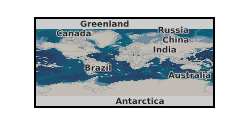
The SACS and SACS2 projects ran sequentially from 1998 to 2002, with the aim of developing research into the potential for large-scale storage of CO2 in underground saline aquifer formations. SACS and SACS2, focussed specifically on scientific aspects of the Sleipner CO2 injection operation. As well as establishing protocols for conventional geological, geochemical and geophysical characterisation and monitoring, significant effort was put into evaluating requirements for the more holistic discipline of site risk assessment.
-
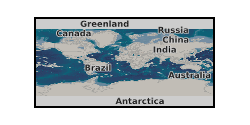
The SACS Best Practice Manual consists of two parts. The first part outlines the operational experiences gained during the Sleipner CO2 injection operation. The second part consists of recommendations based on the monitoring the Sleipner CO2 injection operation during the SACS project. The report can be downloaded from http://www.ieaghg.org/docs/General_Docs/Reports/SACS%20Best%20Practise%20Manual.pdf.
-
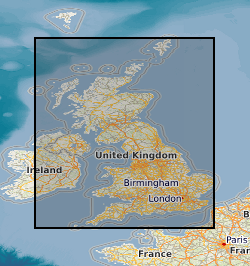
The BGS collection of downhole CCTV (Closed Circuit Television) recordings and backup tapes for worldwide SKYLAB satellite imagery. CCTV recordings carried out down boreholes, mainly drilled for water, were undertaken by BGS for specific commercial contracts in Great Britain, and may also have associated geophysical data. The collection started in 1997, and the present holdings are 138 videos, with infrequent additions. Video recordings on other topics may be added.
-
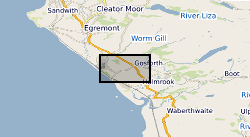
During the interpretation of the geological structure of the Sellafield site, a series of 3-D models were created using EarthVision and Vulcan software. These models have been imported into the computer systems operated by British Geological Survey. Geological investigations of the Sellafield and Dounreay areas were undertaken between 1989 and 1997 as part of its programme to determine whether one of the areas might be a suitable location of a deep repository for the disposal of radioactive waste. The Nirex (Nuclear Industry Radioactive Waste Executive) Geological Archive was deposited with BGS in 2000 and BGS have undertaken to retain the records for a minimum of 50 years as part of its national geological archive. The archive has been moved to permanent storage locations and normal BGS arrangements will apply for non-commercial (academic) access to the material. The ownership of NIREX (Nuclear Industry Radioactive Waste Executive) was transferred from the nuclear industry to the UK Government departments DEFRA and DTI in April 2005, and then to the UK's Nuclear Decommissioning Authority (NDA) in November 2006.
 BGS Data Catalogue
BGS Data Catalogue